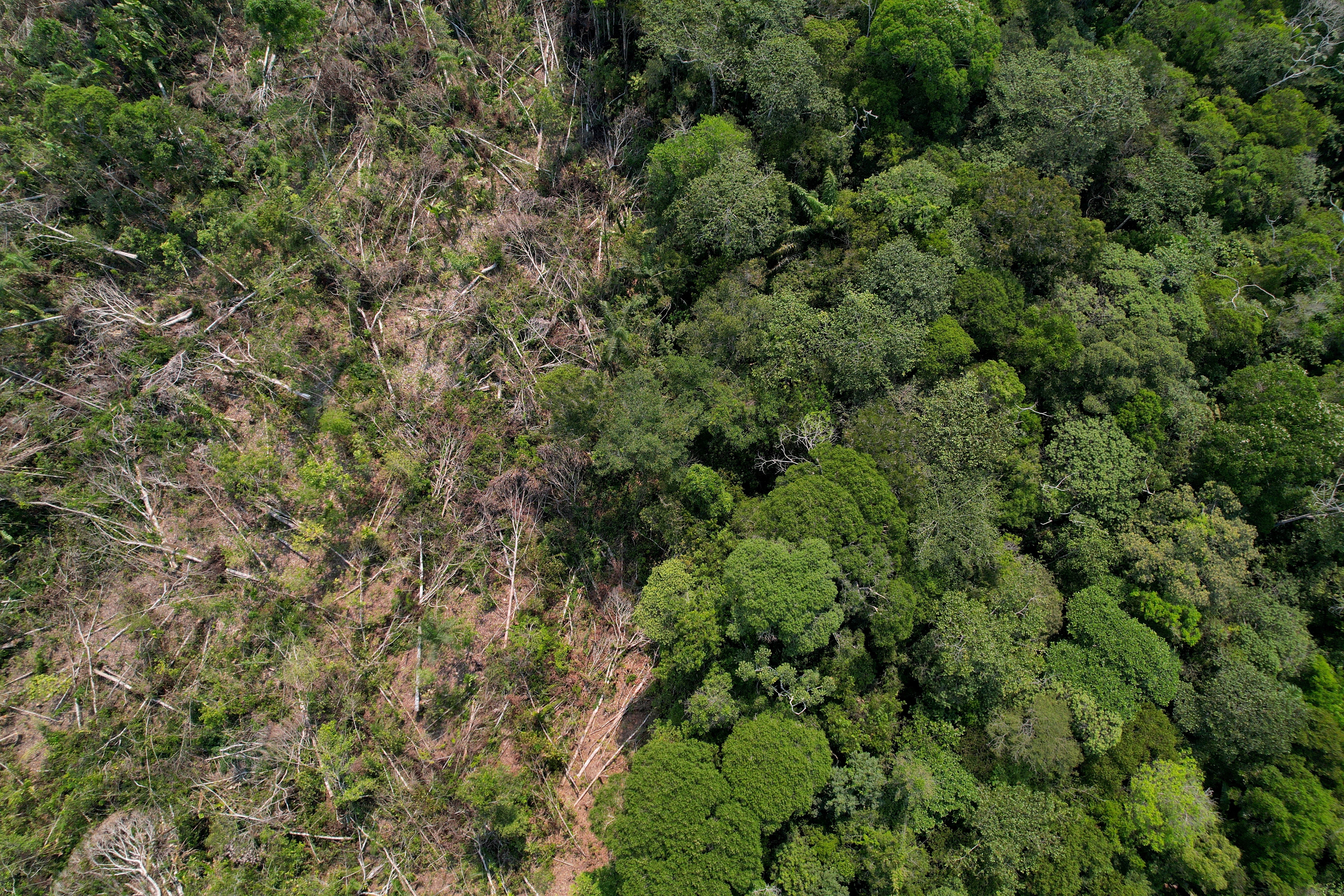Earth is becoming “increasingly uninhabitable” as the planet continues to warm due to climate change.
A group of 80 researchers from 45 countries is warning this week of global challenges driven by human-made emissions.
Those challenges include surging methane emission levels, continued air pollution, intense heat and humidity, increasing health risks exacerbated by climate extremes, concerns about global climate patterns, threats to biodiversity and the Amazon, impacts to infrastructure, and more.
“This report confirms that the world faces planetary scale challenges ... yet it also provides clear pathways and solutions, demonstrating that with urgent, decisive action, we still can avoid unmanageable outcomes,” the researchers wrote.
These findings, the 10 New Insights in Climate Change, are released annually by scientists at Future Earth, The Earth League, and the World Climate Research Programme. The group aims to provide timely insights to help policymakers and negotiators in the United Nations Framework Convention on Climate Change, also known as COP.
The authors said that climate-warming is increasing natural methane emissions, making cuts to human emissions more urgent. Methane, a powerful greenhouse gas that is emitted during the production of coal, natural, gas, and oil, and by the agriculture industry and landfills, is the second-largest contributor to climate warming after carbon dioxide. Methane levels are surging, driven primarily by human activities.
“We have enough information about our methane emissions to take action, but more enforceable policies to drive reductions are vital. While reductions in the fossil fuel and waste sectors are most feasible, addressing agricultural emissions is also critical,” the report noted.
The report said that reductions in air pollution have aided public health in several regions. But, at the same time, changes in the amount of airborne particles in the atmosphere have reduced the cooling effect these particles have on the climate. Some particles can reflect sunlight, helping to cool the atmosphere.
“Further reduction of anthropogenic aerosol emissions will reduce health impacts and directly save lives, and is beneficial for climate and the environment,” the report said. “It will, however, amplify climate warming, and can also strengthen precipitation change and extreme events in many regions.”
This could be Earth’s hottest year and increasingly warm and humid weather is making more of the planet unlivable, with 600 million people living outside habitable climatic conditions. With each degree of warming in the future, an estimated 10 percent of Earth’s population will join them. Those in the Global South are more exposed than others.

And, pregnant women, infants, and unborn children are also facing increased risks from climate extremes, like heat and flooding. Those living in high levels of poverty and “entrenched” gender norms that prevent women from changing practices that could expose them to those conditions are disproportionately affected.
In the Amazon, which has felt multiple climate extremes this year, biodiversity and the ecosystem have also suffered. The scientists note some areas are shifting “from carbon sinks to carbon sources,” with “far-reaching consequences” for both regional and global climate.
“Due to climate change, Amazon forests are approaching multiple thresholds (related to temperature, rainfall, and seasonality), beyond which significant ecological changes can be triggered, potentially leading to a large-scale forest collapse,” the report said.

The Amazon, which is home to billions of trees that absorb carbon dioxide, produces 20 percent of Earth’s oxygen. However, hundreds of millions have been cut down down to make room for cattle ranchers. The International Union for Conservation of Nature Red List said Monday that more than a third of the world’s tree species are threatened with extinction and the United Nations says species are disappearing 10 to 100 times faster than in the past 10 million years, with three-quarters of Earth’s land altered by humans.
The scientists say critical human infrastructure is also increasingly exposed and vulnerable to hazards, suggesting artificial intelligence could help enhance resilience.
Perhaps most worryingly, the scientists highlighted “heightened concerns” about large-scale ocean and atmosphere interactions, including concerns about more extreme and costly climate patterns and the collapse of a critical system of currents that circulates water within the Atlantic Ocean, bringing warm water north and cold water south.
Recently, scientists alerted that the circulation’s collapse could be much sooner than previously estimated, with “potentially catastrophic consequences” like widespread droughts, floods, and plummeting temperatures in Europe.
“The consequences for global climate, weather patterns, and human well-being would be severe,” the report said.







